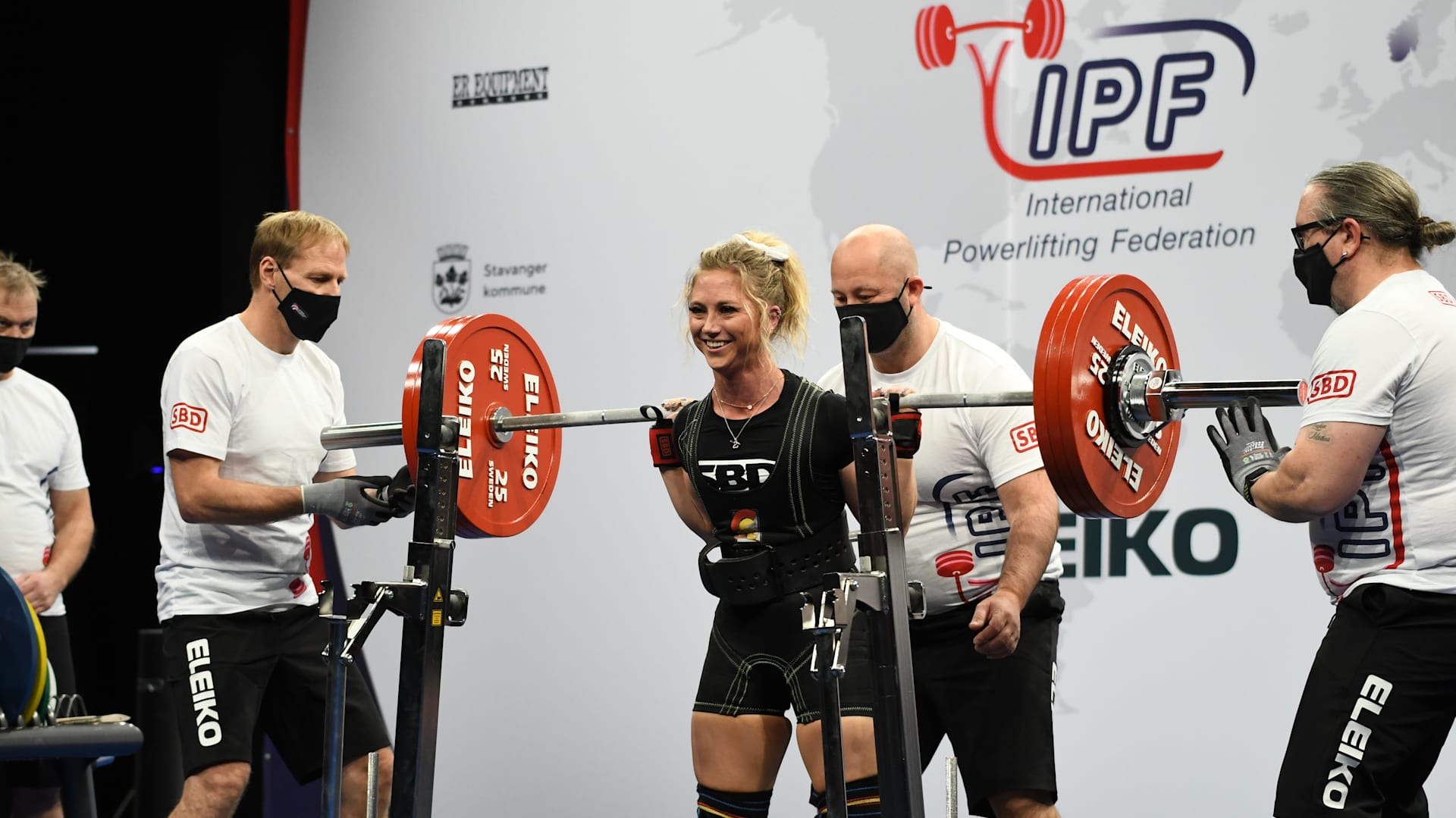
Powerlifting for Women: A Guide to Training, Benefits, and the Menstrual Cycle
The world of powerlifting is no longer a male-dominated arena. Women are flocking to the sport in record numbers, discovering the profound physical and mental empowerment that comes from lifting heavy. However, training for strength as a woman involves unique considerations. This guide celebrates female powerlifters and provides evidence-based advice on training, benefits, and how to work with your physiology—specifically the menstrual cycle—to optimize performance.
Smashing Myths and Embracing Strength
Let's get this out of the way: powerlifting will not accidentally make you "bulky." The level of muscle mass seen on elite bodybuilders requires incredibly specific, high-volume training and nutrition that is very different from powerlifting. Instead, powerlifting helps women build a strong, athletic, and lean physique. The primary benefits are immense:
-
Increased Bone Density: Heavy resistance training is one of the most effective ways to build bone density, helping to prevent osteoporosis later in life.
-
Improved Body Composition: Powerlifting is a powerful tool for building lean muscle and reducing body fat.
-
Unmatched Confidence: There is a unique confidence that comes from seeing your physical strength grow and achieving things you never thought possible. This mental fortitude translates to all areas of life.
-
A Healthy Relationship with Your Body: Training for performance shifts the focus from what your body looks like to what it can do, fostering a positive and empowering body image.
Training Considerations for Female Lifters
While the principles of strength training are universal, female anatomy and physiology present some specific considerations:
-
Anatomy: Women typically have a wider pelvic structure, which can influence squat and deadlift mechanics. This wider "Q-angle" is one reason many female lifters find that a sumo deadlift stance or a slightly wider squat stance feels more natural and powerful.
-
Recovery: Some research suggests women may be able to handle higher training volumes and recover more quickly between sets than men, possibly due to hormonal differences and muscle fiber typology. This can influence how your training program is structured.
Training and The Menstrual Cycle: A Powerful Tool
Understanding how your menstrual cycle affects your training is a game-changer. Instead of seeing it as a hindrance, you can leverage your hormonal fluctuations to train smarter. A typical cycle has two main phases: the Follicular Phase and the Luteal Phase.

-
Early Follicular Phase (Days 1-5, Menstruation):
-
Hormones: Estrogen and progesterone are low.
-
How You Might Feel: You may feel fatigued, have cramps, or experience lower energy.
-
Training Strategy: This is a time to listen to your body. It's okay to reduce intensity or volume if needed. For some, training can help alleviate cramps. Don't be afraid to take a deload or focus on technique work if you're not feeling 100%.
-
-
Mid-to-Late Follicular Phase & Ovulation (Approx. Days 6-14):
-
Hormones: Estrogen rises significantly, peaking around ovulation.
-
How You Might Feel: This is often the "superwoman" phase. You may feel your strongest, have more energy, and experience higher pain tolerance.
-
Training Strategy: This is the ideal time to push for PRs, attempt heavy singles, and handle higher training volumes. Your body is primed for peak performance.
-
-
Luteal Phase (Approx. Days 15-28):
-
Hormones: Progesterone rises, and estrogen drops then rises slightly again before both fall.
-
How You Might Feel: In the late luteal phase (the week before your period, often associated with PMS), you may experience fatigue, water retention, bloating, and a drop in performance. Your core body temperature is higher, so you might fatigue faster.
-
Training Strategy: This is a great time to focus on submaximal volume and technique work. Think sets of 3-5 at an RPE of 7-8. It's a good time to manage fatigue and prepare for the next cycle, not to push for maximal lifts.
-
Tracking your cycle using an app or journal can help you identify your personal patterns and adjust your training accordingly, leading to better long-term progress and reduced injury risk.
Nutrition and Gear
-
Nutrition: Iron intake is particularly important for menstruating women. Ensure your diet is rich in iron from sources like red meat, poultry, and leafy greens to combat potential fatigue.
-
Gear: The best powerlifting gear is the gear that fits you correctly. Brands like SBD offer a wide range of sizes in belts, sleeves, and singlets to ensure a proper, supportive fit for the female physique.
Powerlifting is a sport for every body. For women, it offers a unique path to discovering physical and mental strength. By understanding your body, working with your physiology, and embracing the supportive community, you can build a powerful foundation for a lifetime of strength.
Are you a woman who powerlifts? Share your experiences or tips in the comments below! Find your perfect fit in our extensive range of SBD gear at sbdlife.net!









